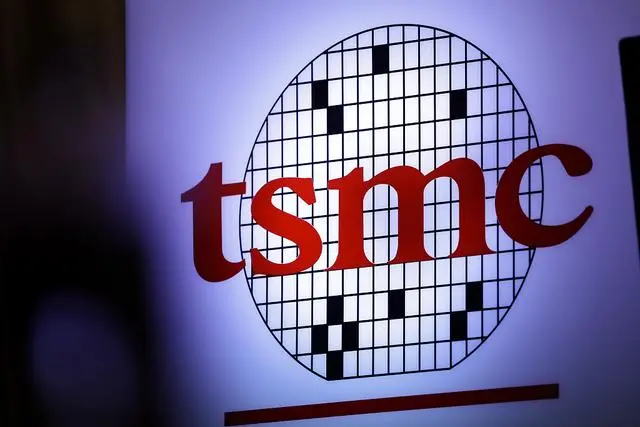New trends in the global chip industry: innovation, competition and future prospects
In today's era of rapid technological development, chips, as the core components of information technology, are driving the transformation and development of all walks of life at an unprecedented speed. From a global perspective, a series of recent major news in the chip industry not only reveals the acceleration of technological innovation, but also indicates the intensification of market competition and the broad prospects of the future industry.

Global chip R&D and investment competition
Recently, many economies around the world have increased their investment in chip R&D and mass production, forming a fierce competition. The United States, Europe, Japan, South Korea and other places are promoting the development of their own chip industries through policy support and capital injection. TSMC's chip factory in Dresden, Germany, broke ground, marking the official entry of the world's leading chip manufacturer into the European market, and also reflects Europe's urgent need to increase the self-sufficiency rate of local chips.
Behind this competition is the profound understanding of the strategic position of the chip industry in various countries. Chips are not only the core components of modern electronic devices, but also an important guarantee for national scientific and technological strength and economic security. Therefore, governments of various countries have introduced policies to encourage enterprises to increase investment in research and development and promote technological innovation in order to occupy a favorable position in the global chip market.
The rise and breakthrough of domestic chip companies
In China, the chip industry is also showing a booming trend. A group of domestic chip design companies represented by Aiqi Technology are gradually emerging in the global market through continuous technological innovation and market expansion. Aiqi Technology will appear at the upcoming IOTE International Internet of Things Exhibition, not only showing its latest achievements in the field of wireless LAN chips, but also conveying to the outside world the positive development signal of domestic chip companies.
The rise of these companies is due to the support of domestic policies and the growth of market demand. In recent years, the Chinese government has attached great importance to the development of the chip industry and has introduced a series of policies and measures to encourage companies to increase investment in research and development and enhance their independent innovation capabilities. At the same time, with the rapid development of technologies such as the Internet of Things and artificial intelligence, the domestic chip market demand continues to grow, providing chip companies with broad development space.
Technological innovation and industrial chain integration
Technological innovation is the core driving force for the development of the chip industry. With the continuous advancement of Moore's Law, chip manufacturing processes continue to improve, performance is improved while power consumption is reduced. At the same time, the application of new materials, packaging technologies, etc. also provides more possibilities for chip technology innovation. These technological innovations not only promote the upgrading of chip products, but also promote the coordinated development of the entire industrial chain.
In terms of industrial chain integration, the cooperation between upstream and downstream enterprises is becoming increasingly close. Through joint research and development, resource sharing and other means, enterprises can reduce costs, improve efficiency and jointly respond to market challenges. In addition, with the accelerated integration and coordination of the global chip industry chain, cooperation and competition between countries will also become more intense.
Future Outlook
Looking to the future, the chip industry will continue to maintain a rapid development trend. With the popularization and application of technologies such as the Internet of Things, artificial intelligence, and 5G, the demand for chips in the market will continue to grow. At the same time, technological innovation and industrial chain integration will drive the chip industry to a higher level. In this process, governments and enterprises need to strengthen cooperation and exchanges, jointly respond to market challenges and opportunities, and promote the prosperity and development of the global chip industry.
In short, the global chip industry is in a period full of opportunities and challenges. Only by continuous innovation, strengthening cooperation, and optimizing the layout of the industrial chain can we be invincible in the fierce market competition and jointly create a bright future for the chip industry.




 Need Help?
Need Help?







